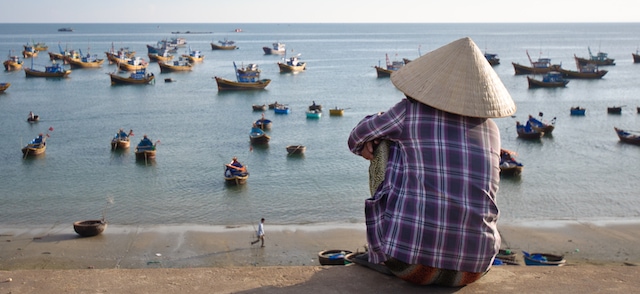MILESTONES | ASIA

The members of the Association of Southeast Asian Nations (Asean) are faced with important decisions over the organization’s future amid increasing conflicts between China and member states over territorial claims in the South China Sea. In May, China set up an oil rig in waters less than 200 miles from Vietnam’s coast, prompting violent protests in Vietnam. Later that month, ships from the two countries clashed.
Vietnam is one of several countries with claims to territory in the South China Sea, including the Philippines, Malaysia, Brunei and Taiwan. In 2002, Asean and China agreed to resolve disputes peacefully but did not establish a dispute resolution process. In March the Philippines filed charges against China in international arbitration court, a move which Vietnam may follow. The court gave China until December to respond, but China has thus far refused to participate.
Asean has done little to address the issue. In early May, foreign ministers from member countries issued a statement expressing concern over the developments without mentioning China. At its August meeting, Asean’s foreign ministers will consider stronger actions, possibly setting a timeline for negotiations with China, increasing defense minister meetings and/or inviting other regional powers to participate in Asean’s ministerial meetings. To successfully take action, however, countries like Cambodia or Myanmar, with strong economic ties to China and no territorial claims in the sea, will have to join with other Asean members.
Ernie Bower, senior adviser at the Center for Strategic and International Studies, explains: “China’s increasingly aggressive position on the South China Sea has pushed Asean to an important inflection point. Will the region respond to China’s challenge by strengthening the institution, becoming more cohesive and seeking to shape China’s behavior? Or will China’s pressure divide and weaken the regional grouping as they appease and accommodate China?”



